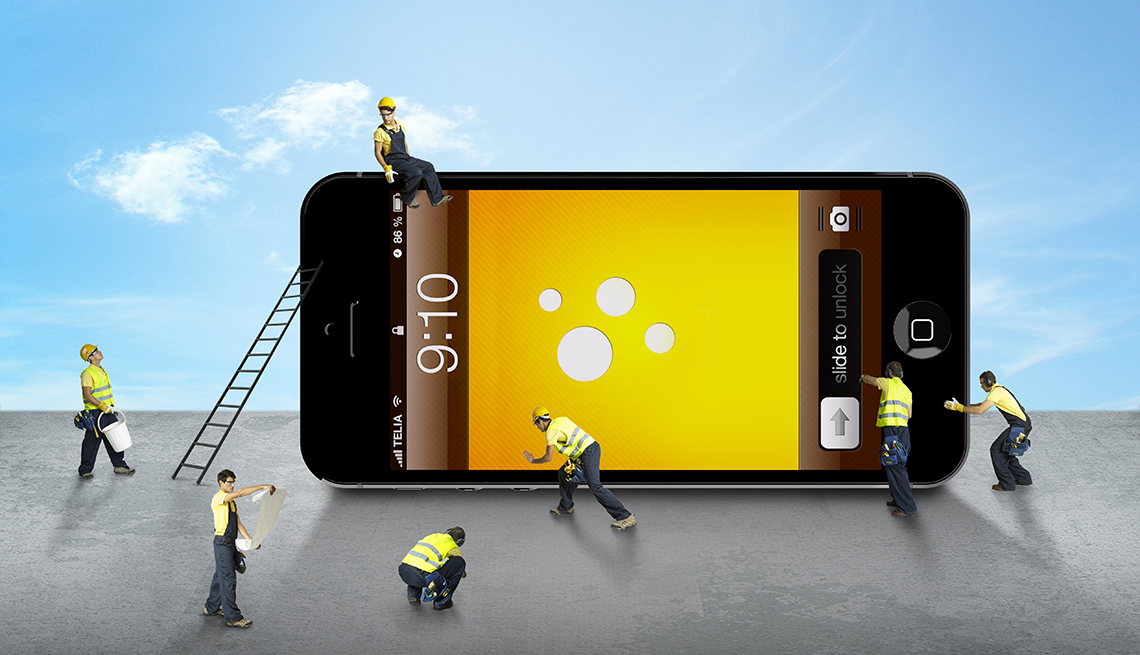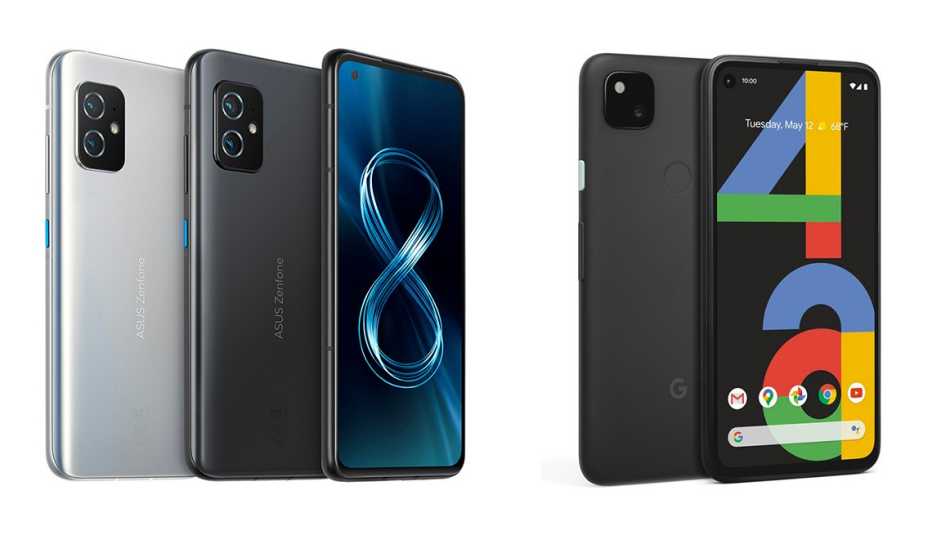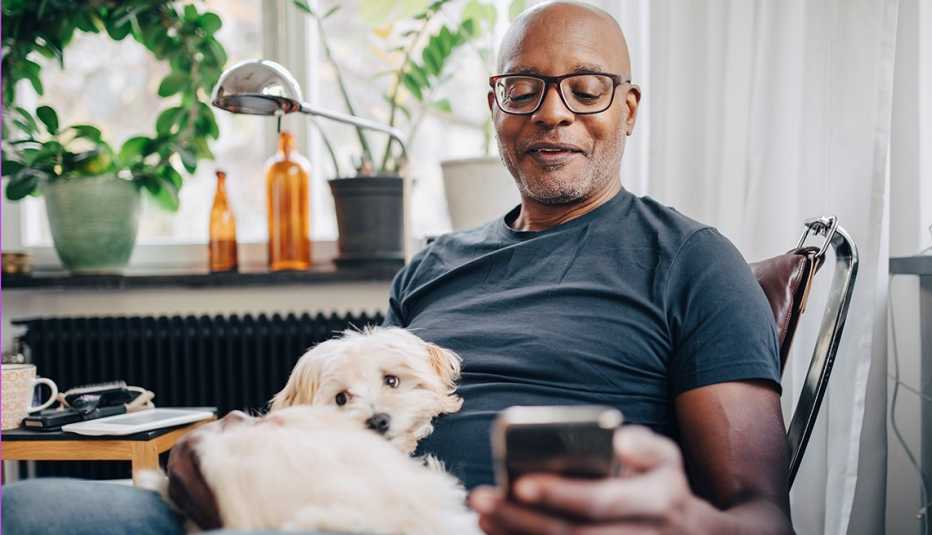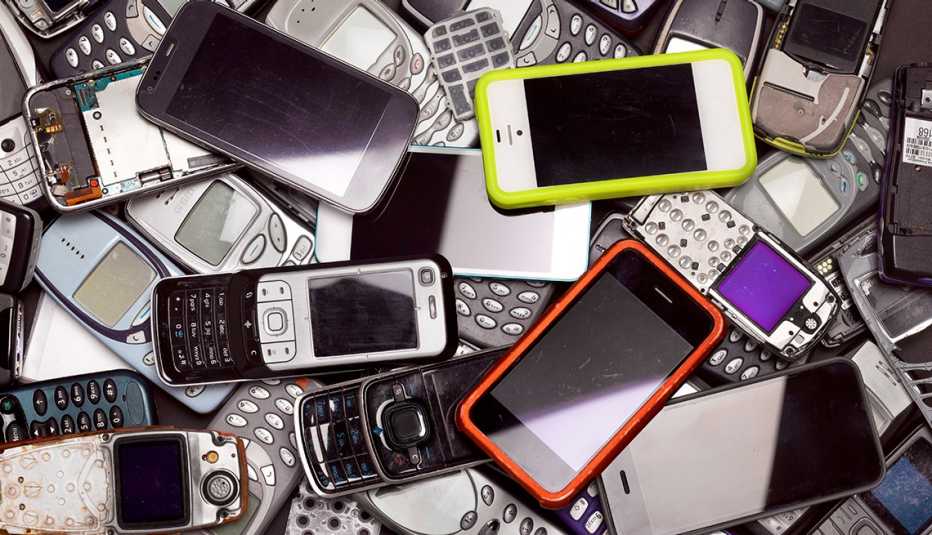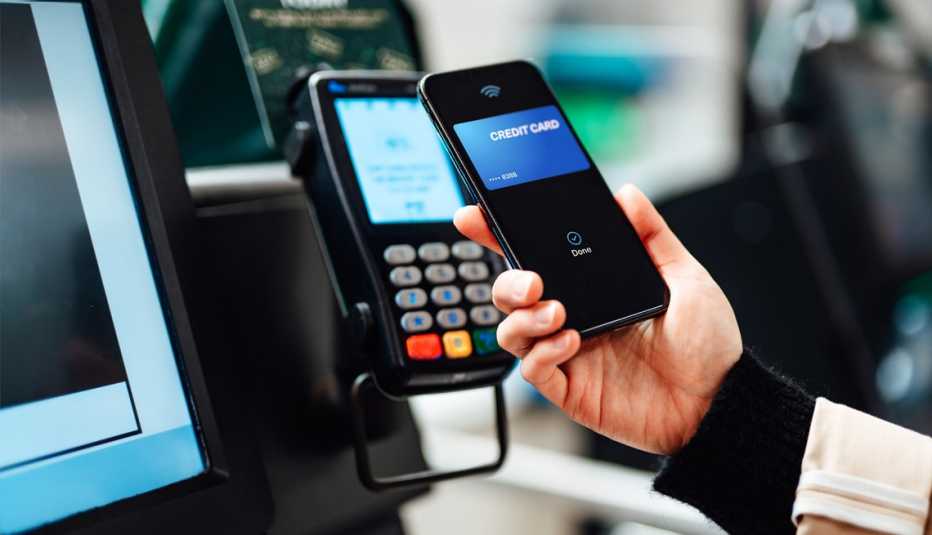Staying Fit
When Samsung unveiled the very first Galaxy Note in 2011, it was met with considerable skepticism.
The Note pioneered the category of devices that came to be known as “phablets,” an apt descriptor for an in-between handset seemingly too large to be considered a smartphone but too small to be a tablet. Funny how the perception of “big” has changed.


AARP Membership— $12 for your first year when you sign up for Automatic Renewal
Get instant access to members-only products and hundreds of discounts, a free second membership, and a subscription to AARP the Magazine.
The original Note had a then-mammoth 5.3-inch screen, a size almost puny by today’s standards when even smartphones with sub-6-inch displays are relatively few and far between. Phone screens, like TV screens, are measured on the diagonal.
Many phones' overall dimensions grew as screen sizes increased through the years, but perhaps not as much as you might have thought. Designers shrank the borders, called bezels, around phone displays and sometimes removed physical buttons or embedded them underneath the screen.
For older adults whose eyesight isn’t what it used to be, the appeal of bigger displays is easy to understand.
Smaller phone, smaller price
But in an era dominated by ginormous smartphones, going small affords several potential benefits. You generally pay less for a pint-sized phone, plus you free up space in your pocket or handbag. And folks with smaller hands or who like to use phones with one hand can more easily manipulate smaller devices.
“Bigger phones sell, and manufacturers have gotten the message. However, human hand size has not increased, so there are still people out there who want hand-sized devices,” says Avi Greengart, president of New Jersey-based technology research firm Techsponential. “One more measurement to consider: the size of the phone in your hand versus the size in your pocket.”



























































